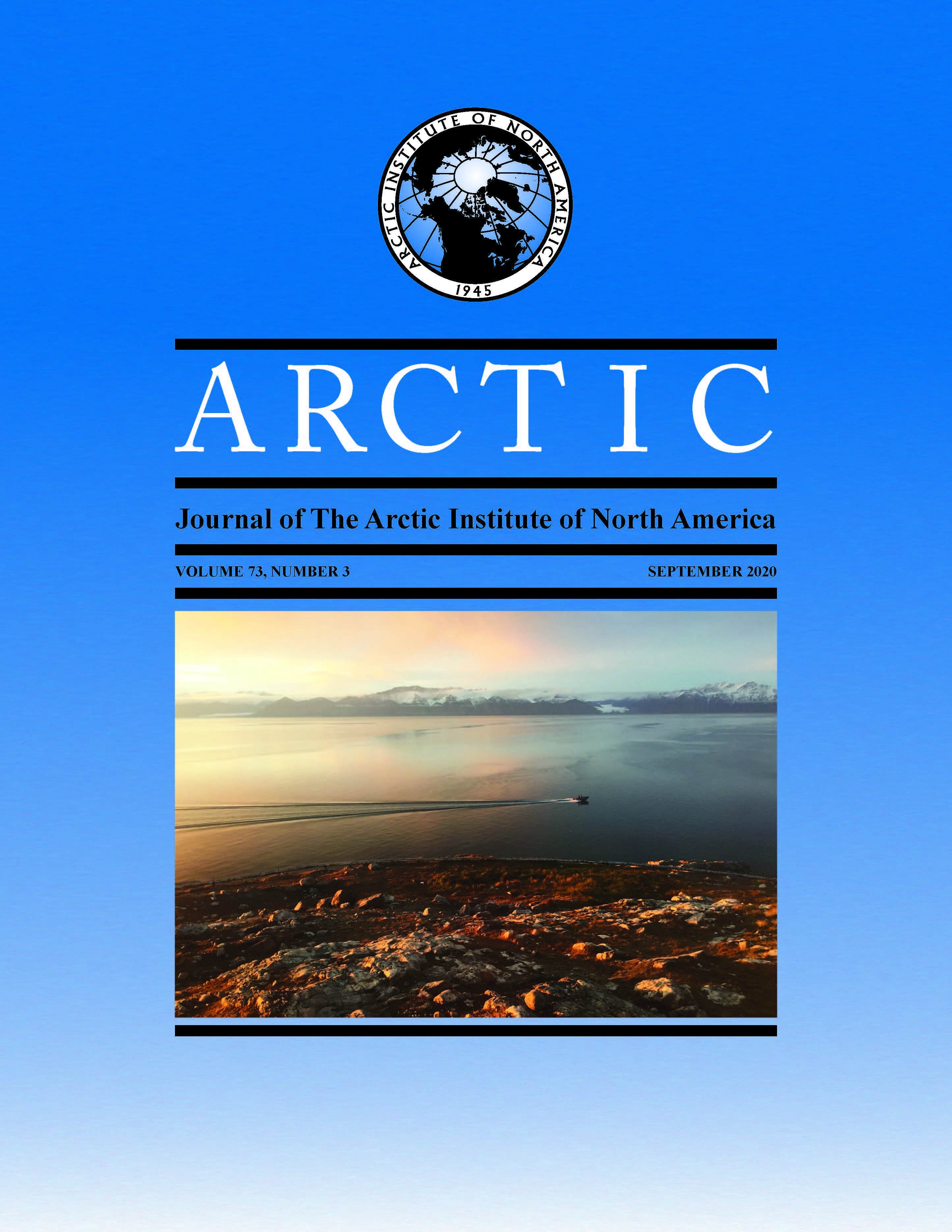Do North American Migratory Barren-Ground Caribou Subpopulations Cycle?
DOI:
https://doi.org/10.14430/arctic71029Ключевые слова:
Bayesian Information Criteria; BIC; barren-ground caribou; species designation; COSEWIC; IUCN; cyclic species; cycle analysis; climate change; population dynamics; Rangifer tarandus groenlandicus; subpopulationАннотация
Unlike all other members of the deer family, subpopulations of barren-ground caribou (Rangifer tarandus groenlandicus) are typically sine-cyclic. We used Bayesian Information Criteria (BIC) to rank competing population dynamics models for 11 North American barren-ground caribou subpopulations. Nine of these subpopulations were best described as sine-cyclic with periods ranging from a minimum of 26 years (Bluenose-East and Porcupine) to a maximum of 55 years (Western Arctic); and amplitudes ranging from a minimum of 8 455 (Cape Bathurst) to a maximum of 327 432 (George River). Time series estimates of subpopulation abundance generated by the sine cycle models showed good correspondence to published subpopulation estimates of abundance for all nine sine-cyclic subpopulations (r = 0.978; p < 0.001). Lack of demographic closure (migration between subpopulations) was evident in both of the subpopulations that were not identified as sine-cyclic. Barren-ground caribou subpopulation amplitudes were mostly determined by subpopulation total range size and summer range productivity (R2 = 0.962; p < 0.001) and subpopulation periods were mostly determined by amplitude, total range productivity, and land surface temperature (R2 = 0.950; p < 0.001). Time series estimates of subpopulation abundance generated from the respective environmental regression models were highly correlated (r = 0.964; p < 0.001) to the published subpopulation estimates of abundance for the set of 9 sine-cyclic subpopulations. Extended (> 3 generations) subpopulation declines are a natural feature of cyclic barren-ground caribou subpopulations. Trends in species abundance based on pooled assemblages of asynchronous cyclic subpopulations should be interpreted with caution.


